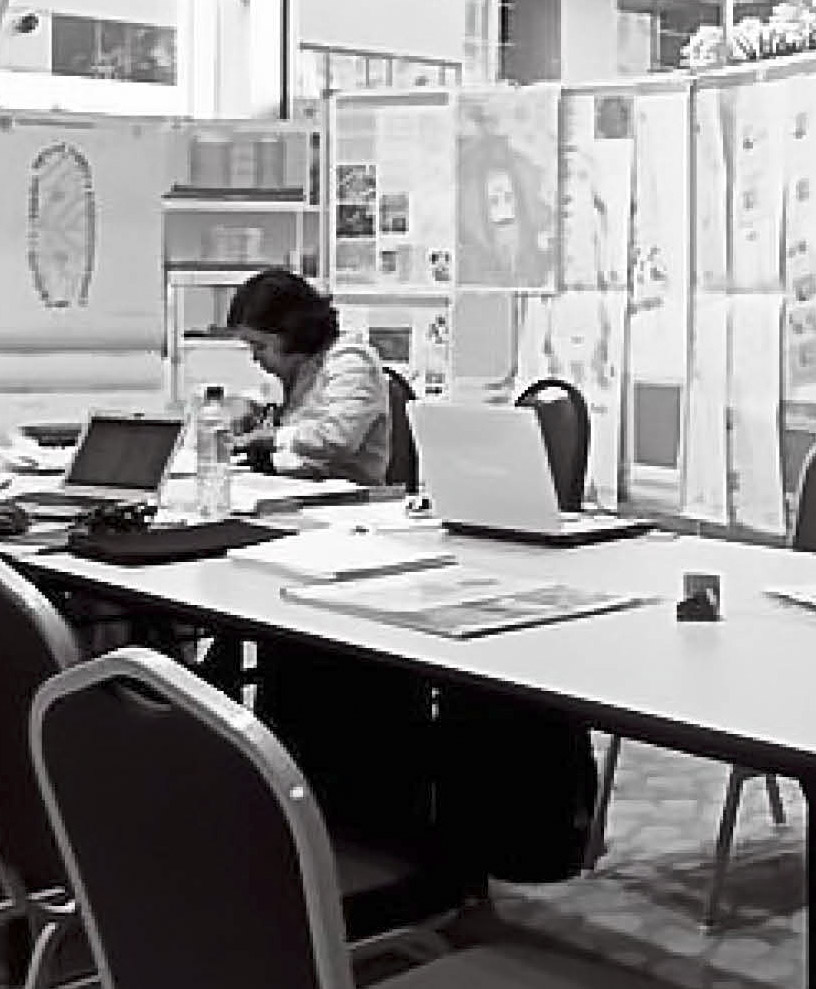BUNUS PAVILLION
Master of Architecture – Final Architectural Thesis
Rashidah Jimi Sham
Supervisor – Dr Sharifah Salwa Syed Mahdzar
The global trend in the modern development often does not do justice and damaging to the natural beauty of old river located in the central district of cities. The case was noticed happening to ‘Sungai Bunus’ (Bunus River), which was once served as the main transportation route for the early settlements in Kampong Bharu – a liveable traditional village which is located in the heart of Kuala Lumpur city centre, Malaysia. Destructively affected by the vast urbanization, currently, Sungai Bunus bears a notorious reputation for being polluted, which is stuck in the middle of the village. The condition has been deteriorating over time as it serves as the drainage and other inland waterway system within Kg Bahru neighbourhood. Though spanning 9.2 kilometer long, unfortunately, it is seemed buried and left unnoticed to most residents in the area. Due to the heavy pollution and massive floods in 2007 and 2011, the river is now covered and used as a cycling track for the city residents. The improper treatment, the wrong usage of the covered path spanning over the river and the disjointed paths along it, have all actually blocked the view sight of the people moving through and fro the area regularly on daily basis. This study investigates the spatial morphological properties of Sungai Bunus. It aims to reveal its spatial and social importances in order to reuse the covered path over the river as a third place where residents could experience space more meaningfully, through the proposed architectural intervention of Bunus Pavillion. The contextual spatial potential of the river to direct a much active movement into the area is optimized. Series of space syntax analyses were done to measure the connectivity and integration values of Kampung Bahru area in relation to its local and global network of context. In addition, gate and people following observations were carried out in weekdays and weekends. Questionnaires were also distributed in order to examine the social awareness of the people towards the presence of Sungai Bunus. The Axial Analysis reveals that Kampong Bharu has high integration value, stressing the significant presence of Sungai Bunus in the middle as connector for the site. The injection of pocket spaces functioning as the third place seemed also plausible. The visual permeability is then measured by using visual graph analysis where high correlation values were found when running the visual integration and visual connectivity of the site. The central area of the pavilion is then defined by the visual graph analysis and became the most visible space of the pavilion. The central path, functioning as the key space feature, holds the attention of the passerby to acknowledge the presence of the river there. The study concludes that the spatial potential of Sungai Bunus, need to be integrated into the design of the cycling tracks and pedestrian path that spans over it. Space syntax analysis has revealed the potential of the space to be generate a high density of movement for making it as a more livable and safe recreational area for the Kampung Bahru community.




